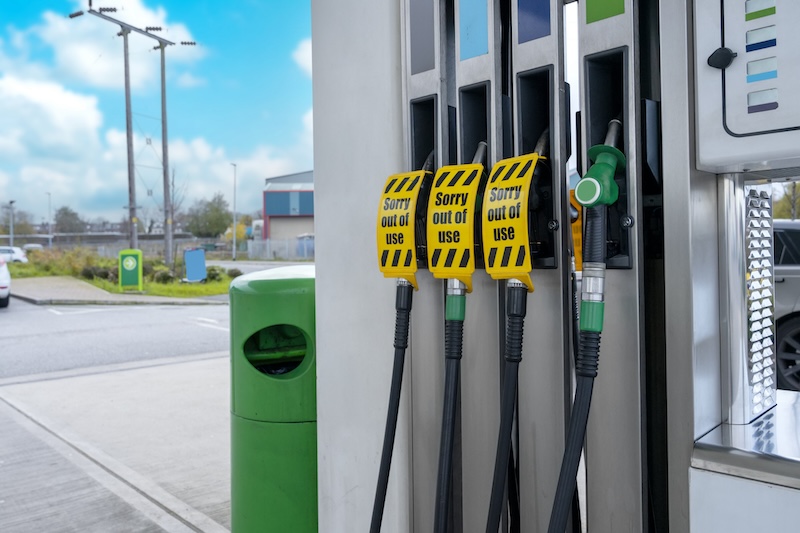Using hazard warning lights wrongly could cost you £5000

Be honest – do you ever use your hazard lights to thank other road users, or to help you park on busy roads?
Using hazard lights incorrectly could result in significant fines. Be sure you’re covered in case of any issues on the road with car insurance that includes legal cover insurance.
Take stock. These small acts of courtesy could actually land you with points on your licence, or even cost you huge fines…
When should you use hazard warning lights?
The reality is that incorrect use of hazard lights can see drivers issued with penalties for motoring offences, including fines of up to £5,000 for dangerous driving.
According to the Highway Code, hazard warning lights may only be used when your vehicle is stationary, to warn other motorists that your car is broken down or obstructing the road.
Some other scenarios where you can use your hazard warning lights include:
- When you have stopped and are obstructing the path of vehicles or pedestrians. This can occur when you break down or are being pulled over to let an emergency vehicle pass.
- You’re moving slowly but still obstructing other road users. This may be because you are driving a vehicle that is allowed on the road, but not capable of keeping up with traffic flow.
- You’re stopping in an emergency lane on a motorway or dual carriageway. Hazard lights can be turned on to signal to emergency services that you need help.
When should you not use hazard warming lights?
Hazard lights must not be used while a vehicle is in motion or being towed, unless you’re on an unrestricted dual carriageway and need to warn other drivers about a disruption up ahead.
Using your hazard warming lights alongside indicators is also prohibited, as it could confuse other motorists, causing them to continue driving at speed without realising the need to slow down.
Drivers should only use their hazard lights for long enough to ensure that their signal has been observed.
Dangerous driving
Motorists are being warned about using their hazard lights as a way of thanking other road users who let them out at junctions, or as a way to help them park illegally on busy roads.
In adverse weather, such as heavy rain or fog, hazard warning lights may dazzle other motorists, causing them to lose concentration behind the wheel.
Driving without due care and attention could land drivers with a £100 fine and three penalty points. However, if the case is deemed serious enough to go to court, charges may increase to up to £5,000 for charges of dangerous driving.
Neil Greig, Director of Policy and Research at IAM RoadSmart, urged motorists to use their lights sensibly to avoid facing penalties.
He said: “It is a grey area because you can use them when moving to alert other traffic to a hazard ahead and they don’t define ‘only use them long enough to ensure that your warning has been observed’.
“So, our advice would be to use them sensibly and for the police to be as flexible as possible in enforcing the regulations.”
Weren’t aware of the rules around hazard lights? Here are some other common driving laws you could be breaking every day.
Frequently Asked Questions
Should you turn your hazard lights on when driving in the rain?
It is advised that you don’t turn your hazard lights when driving in the rain. Turning on your hazard warning lights in the rain makes it more difficult for drivers to determine which lane you are in or where you are planning on turning. This is because when you turn on your hazard lights, your indicators will stop working.
Is it illegal to drive with hazard lights on in the UK?
According to highway code 116, you must not use hazard warning lights while driving or being towered unless you are on a motorway or unrestricted dual carriageway, and you need to warn drivers behind you of hazard or obstruction ahead. Only use them for long enough to ensure that your warning has been observed.
How long can I keep my hazard lights on?
Leaving your hazard lights on for long periods can be confusing to drivers and drain your vehicle’s battery. Generally, use hazard lights only for the duration of the hazard or emergency.
Don’t forget to check out our car insurance policies today!


